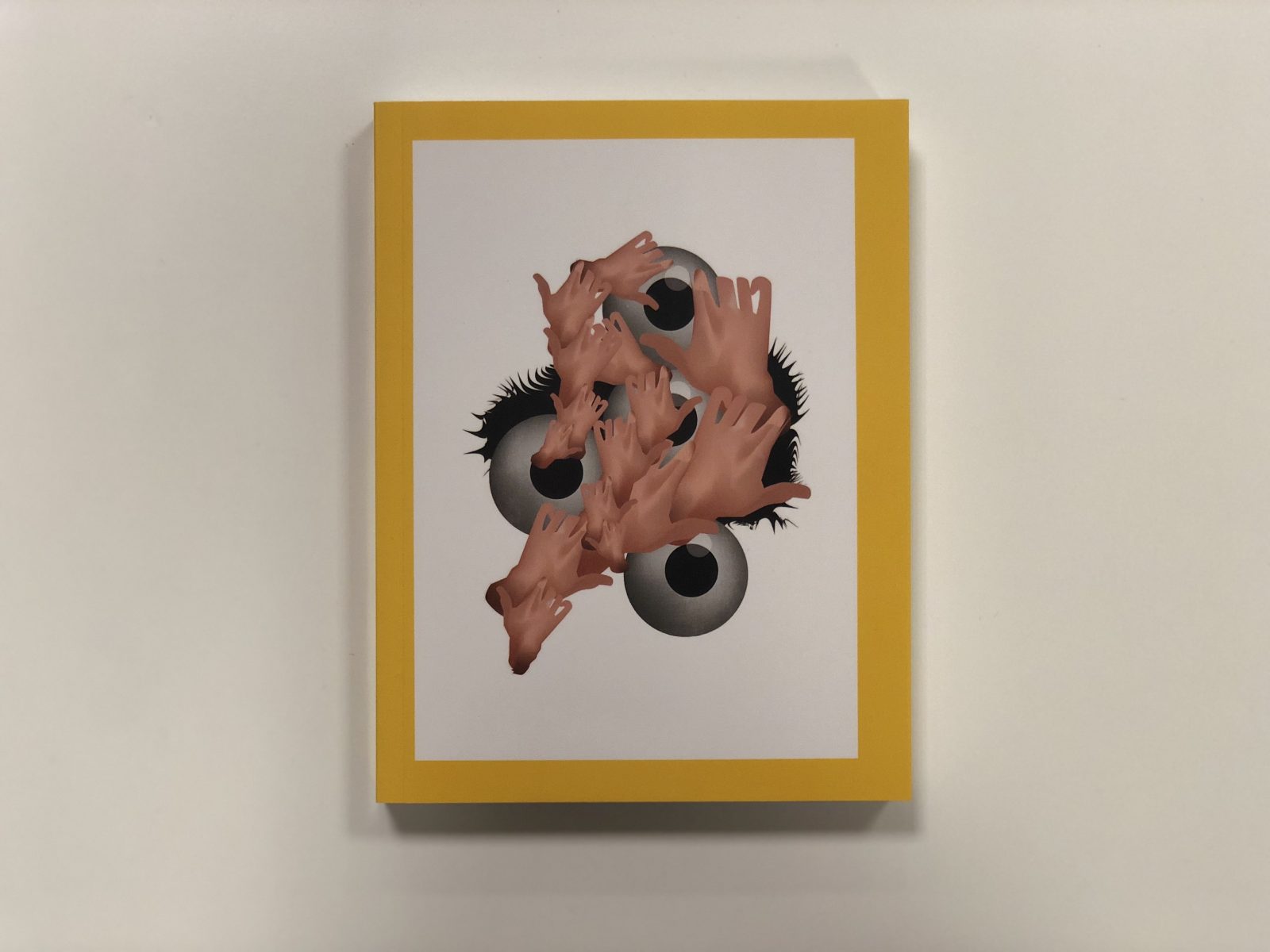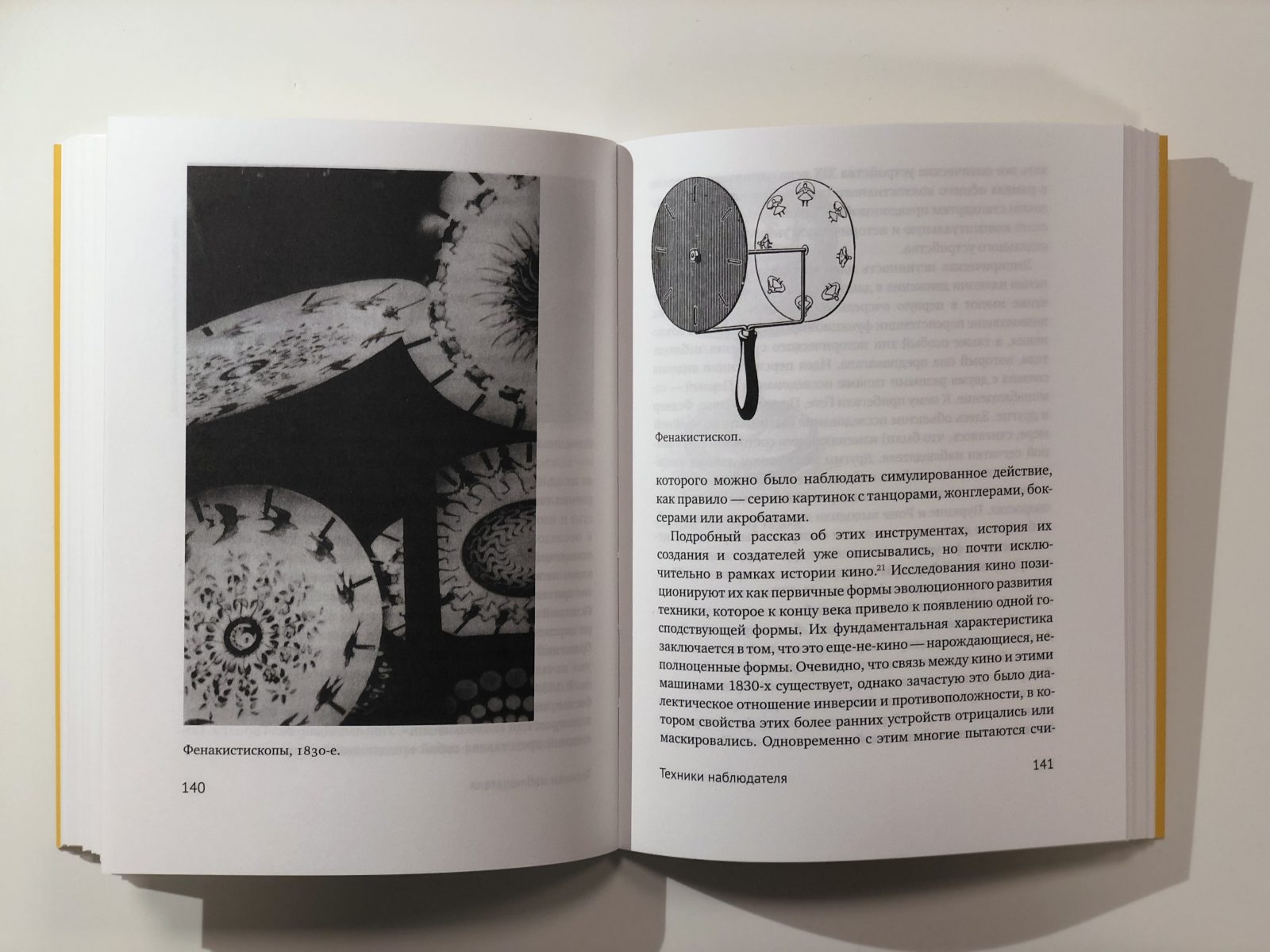Jonathan Crary.
Techniques of the Observer. On Vision and Modernity in the Nineteenth Century
History of visual culture and social problems of the Modern Age.

Jonathan Crary is a Professor of Modern Art Theory and History at Columbia University in New York, the co-founder and editor of the independent publishing house Zone Books which publishes books on history, art theory, political science, anthropology and philosophy.
According to Jonathan Crary, the classical model of vision, whose symbol in the 17th–18th Centuries was the camera obscura, was replaced by models of “subjective vision” at the beginning of the 19th Century. They separate the image from its external referent and posit the visual experience in the body of the autonomous observer. Crary, in his book “Techniques of the Observer: On Vision and Modernity in the Nineteenth Century”, analyzes the optical devices of the past and their phantasmagoric effects, showing what effect the transformation of the visual entailed.
Jonathan Crary presents a relatively unusual configuration of objects and events of the 19th century — proper names, codes of knowledge and technological inventions that rarely appear on the pages of history of art books. He aims to avoid the limitations which most dominant studies of visual history apply to this period.

Another phenomenon that corroborates this change in the position of the observer is the diorama, given its definitive form by Louis J. M. Daguerre in the early 1820s. Unlike the static panorama painting that first appeared in the 1790s, the diorama is based on the incorporation of an immobile observer into a mechanical apparatus and a subjection to a predesigned temporal unfolding of optical experience.
Translator
Dmitry Potemkin
Editor
Karen Sarkisov
Design and layout
Ilya Chichin